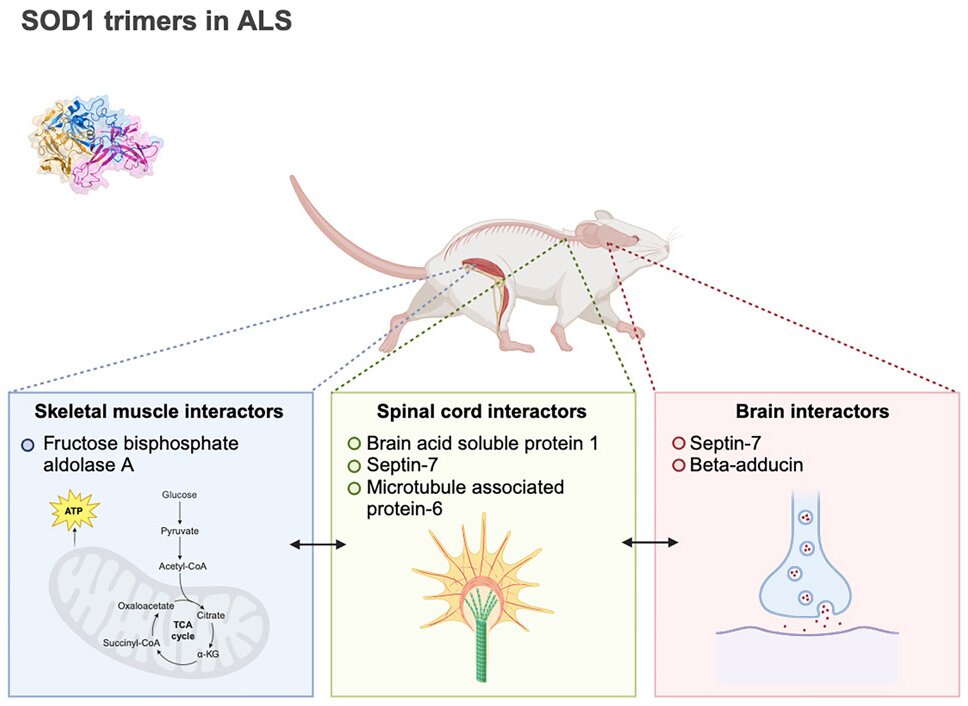Researchers from Children’s Hospital of Philadelphia (CHOP) have found that dysfunction in an important cell subtype in the brain’s neuronal network contribute to chronic symptoms in the neurodevelopmental disorder Dravet syndrome. The findings were published today in the journal Cell Reports.
Dravet syndrome is a form of genetic epilepsy that is characterized by seizures that begin in the first year of life, along with differences in childhood development and features of autism spectrum disorder. Children with Dravet syndrome are also at an increased chance of early death, making proper diagnosis and treatment of the disorder critical. More than 90% of children with Dravet syndrome have a pathogenic, or disease-causing, variant in the SCN1A gene, which makes the protein Nav1.1, a sodium channel that is important for the activity of seizure-suppressing cells called interneurons and, in particular, a subtype of interneuron called the parvalbumin interneuron.
“Dravet syndrome affects 1 in 14,000 children in the world and has a profound impact on children and their families,” said Ethan Goldberg, MD, PhD, a pediatric neurologist and Director of the Epilepsy Neurogenetics Initiative (ENGIN) at CHOP and lead author of the study. “We can model Dravet syndrome in the laboratory to understand precisely how the loss of SCN1A produces the clinical features characteristic of the disease to drive development of novel therapies, and, one day, a cure.”
Prior work from the Goldberg lab showed that abnormal electrical activity of these parvalbumin neurons in a preclinical experimental model of Dravet syndrome was only transient, with these neurons recovering normal activity in the chronic phase of the disorder. This created a conundrum for the research community: why do patients with Dravet syndrome continue to have seizures, cognitive impairment, and features of autism spectrum disorder?
In this study, the researchers developed a method to assess parvalbumin interneuron function at two different points in time. Early disease severity is caused by abnormalities in parvalbumin interneuron electrical activity, which allows neurons to send a message to neighboring neurons. However, chronic dysfunction was due instead to impaired synaptic transmission; while parvalbumin interneurons recovered the ability to generate electrical activity, this activity did not spread down the nerve or “axon” to the synapse to inhibit of other neurons, which is required for seizure suppression.
While more work is needed to translate this research into direct human applications, the researchers note that SCN1A may be a viable therapeutic target for Dravet syndrome patients, particularly if there are ways to increase its expression in the axon to overcome impaired signaling and synaptic transmission.
“A prediction of our work is that the success of therapies under development may depend on the ability to increase expression of Nav1.1 at the parvalbumin interneuron axon,” Goldberg said.
This study was supported by the Dravet Syndrome Foundation and the National Institutes of Neurological Disorders and Stroke of the National Institutes of Health under grants K08NS097633, R01NS110869, and F31NS111803,

